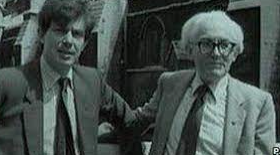We tend to think of new Labour as being associated purely with the days of Tony Blair and Alastair Campbell. Campbell is still very much on the scene with his work for www.theneweuropean.co.uk/contributor/alastair-campbell available to read. However its roots have a much earlier birth. Following the devastating defeat in 1983 of the Labour Party, led by Michael Foot, it was clear a time for change was required. The policies of the Labour Party at the time were seen as being detached from the concerns of the people. For the next 18 years Margaret Thatcher and her government established One Nation conservatism which proved immensely popular. It was a theme continued by John Major into the 90s.

With Foot’s resignation, the Labour Party became led by Neil Kinnock. He instituted a policy review. This attempted to look at parts of Labour’s policy that seemed to be out of step with modern British thinking. This saw the end of its support for nuclear disarmament and its opposition to the sale of public services.

Following Kinnocks defeat in 1992 he resigned and handed the reins over to John Smith. While Smith still retained strong left leanings he was realistic enough to realise that the political landscape had changed to such a point he would need to continue with the reforms in Labour’s policy. His untimely death in 1994 left the party with a difficult decision. It chose an advocate of the new Labour ideals in Tony Blair.
Blair began to coin the phrase New Labour with the help of his press secretary Alastair Campbell. This struck a chord with the electorate to the extent that Labour won a huge majority in 1997.